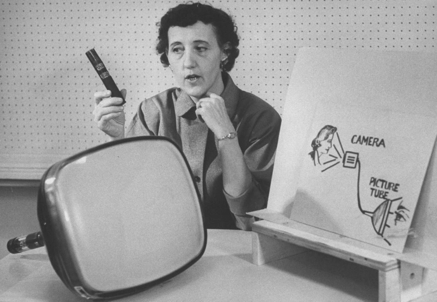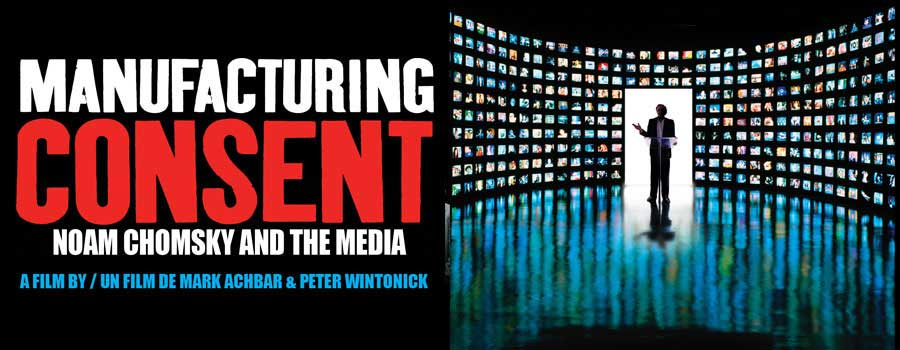
Information Politics in the Age of Digital Media
Discussant: Deen Freelon, American University
- “Internet Infrastructure: ‘Access’ Rhetoric, Neoliberalism, and Informational Politics” (Dan Greene, University of Maryland-College Park)
- “Academic Marginalization in the Age of Social Media” (PJ Rey, University of Maryland-College Park)
- “Social Media and Revolutionary Movements: Toward Research and Activist Agendas” (Mina Semeni, Randy Lynn, and Jason Smith, George Mason University)
This panel explores some of the opportunities for theoretical development and synthesis emerging at the intersection of public sociology and digital media. True to the conference’s remit, each focuses on a distinct form of publicity of interest to publics outside the academy. Dan Greene questions the prevailing neoliberal rhetoric of access to information technologies, arguing that it facilitates the concentration of power and prevent us from connecting related struggles for individual and collective emancipation. As a corrective, he proposes a frame he calls “informational politics” that overcomes this conceptual weakness by explicitly recognizing the links between digital media and the social contexts within which they are used. PJ Rey invites us to reconsider the roles of newer forms of scholarly communication such as blogs and tweets in evaluations of academic productivity. Journals and conference proceedings, which still enjoy preeminence among tenure criteria in most fields, are far too slow, costly, and obscure to effectively relay the fruits of public sociology to non-academic publics. Finally, Mina Semeni, Randy Lynn, and Jason Smith are interested in how activists use social media in contexts of social protest and revolution. In an attempt to move beyond totalizing and causal theories of the Internet and politics, they propose two mechanisms through which social media might abet protest: by increasing social capital and by strengthening existing institutions. more...









